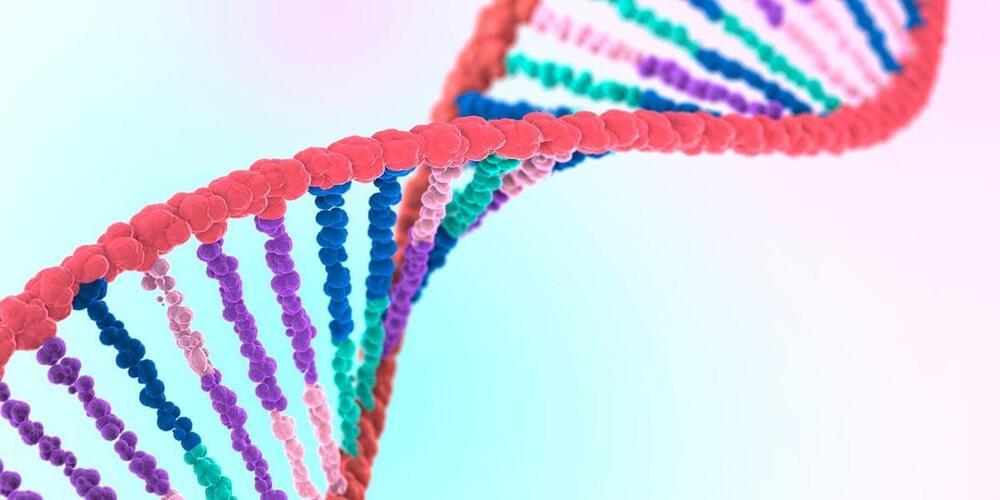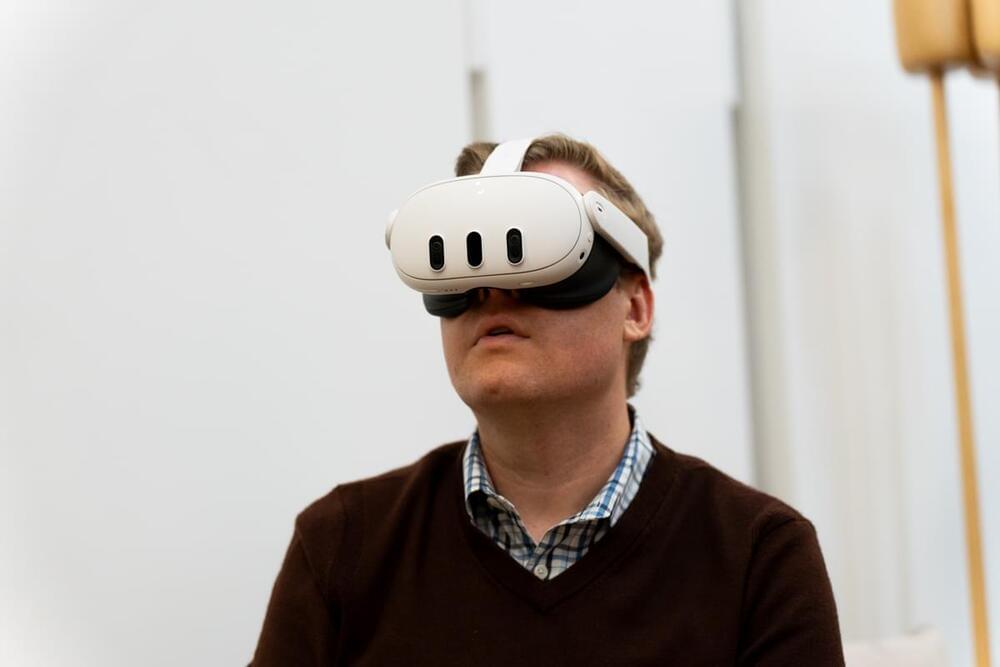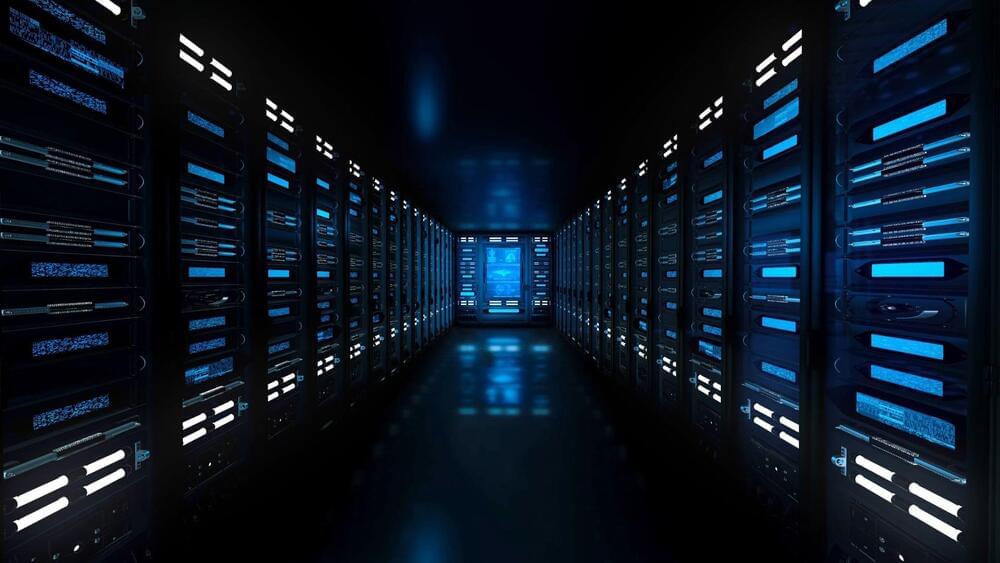“We use these probes to fish out molecules of interest in the sample,” says Ivanov. “We know which barcode corresponds to which probe. This allows us to detect whether a molecule is present in solution or not. In a way we are fingerprinting what’s inside the solution.”
“It was the synergy of bringing it all together that makes this work important. This includes the precision with which you sequence, the ability to control the transport of the analyte, and also elements of machine learning to be able to reconstruct the signal.” —Aleksandar Ivanov, professor of chemistry, Imperial College London
Combining DNA bar coding and nanopore sequencing makes for a powerful technique by pairing both selectivity and sensitivity to more effectively screen for diseases, says Edel. “In the context of personalized [medicine] and being able to perform more effective diagnostics and screening, there are two aspects at play. One is getting a better snapshot of a patient by detecting an array of biomarkers. And for some diseases, biomarkers—especially in the early stages—are found at very low concentration. So being able to detect on an individual basis at low concentrations is absolutely critical.”








